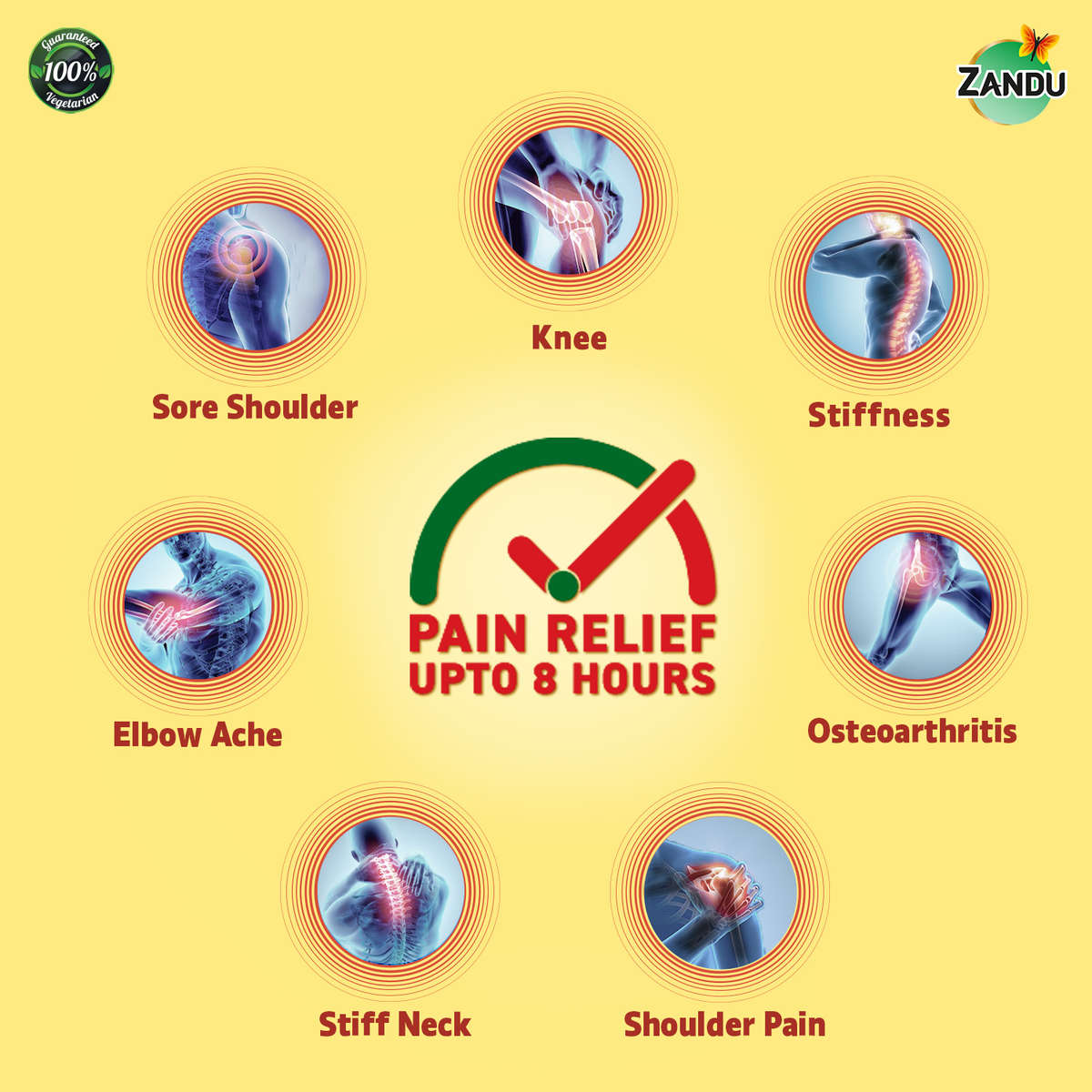The Comprehensive Guide to Topical Pain Relief
Introduction
In the realm of pain management, topical pain relief has emerged as a popular and effective alternative to traditional oral medications. In this comprehensive guide, we delve into the world of topical pain relief, exploring its mechanisms, applications, and benefits. Our aim is to provide you with a thorough understanding of this method so that you can make informed choices for managing your pain.
Understanding Topical Pain Relief
Topical pain relief refers to the administration of pain-relieving substances directly onto the skin's surface, allowing them to penetrate into the underlying tissues. This method is particularly advantageous for localized pain, such as joint pain, muscle soreness, or arthritis, as it provides targeted relief without the potential side effects associated with oral medications.
How Does It Work?
Topical pain relief products come in various forms, including creams, gels, patches, and ointments. These formulations contain active ingredients, such as analgesics, anti-inflammatories, or numbing agents, which are absorbed through the skin and work at the site of discomfort. The precise mechanism of action can vary depending on the product, but here are some common ways they provide relief:
1. Blocking Pain Signals
Certain topical analgesics, like lidocaine or capsaicin, work by interfering with the transmission of pain signals from the nerves to the brain. This effectively reduces the perception of pain in the affected area.
2. Reducing Inflammation
Topical anti-inflammatory agents, such as diclofenac or ibuprofen, help decrease inflammation at the site of pain. This can alleviate pain associated with conditions like arthritis or tendonitis.
3. Warming or Cooling Sensations
Some topical products provide relief through temperature-related sensations. For instance, menthol-based creams create a cooling effect, which can soothe sore muscles, while others generate heat to relax tense areas.
Advantages of Topical Pain Relief
1. Targeted Relief
One of the primary advantages of topical pain relief is its precision. Unlike oral medications, which circulate throughout the entire body, topicals directly target the affected area. This reduces the risk of systemic side effects and ensures that relief is concentrated where it's needed most.
2. Minimal Side Effects
Since topicals are applied externally, they generally cause fewer side effects compared to oral medications. This makes them a safer option for individuals who may be sensitive to certain drugs or have pre-existing medical conditions.
3. Convenience and Accessibility
Topical pain relief products are readily available over the counter (OTC) and by prescription, making them accessible for a wide range of users. They are easy to apply and integrate seamlessly into daily routines.
4. Complementary to Other Therapies
Topical pain relief can be used in conjunction with other pain management strategies, such as physical therapy or exercise. This versatility allows for a holistic approach to pain management.
Common Applications
Topical pain relief is versatile and can be used to manage various types of discomfort. Here are some common applications:
1. Muscle and Joint Pain
Topical creams and gels are frequently used to alleviate muscle and joint pain associated with conditions like arthritis, sports injuries, or overexertion.
2. Neuropathic Pain
Topical lidocaine patches are effective in providing relief from neuropathic pain, which often arises from damaged nerves.
3. Post-Surgical Pain
After surgical procedures, topical pain relief can reduce the need for oral pain medications and help manage incision pain.
4. Localized Inflammation
Topical anti-inflammatories can help with conditions characterized by localized inflammation, such as tendinitis or bursitis.
Choosing the Right Topical Pain Relief Product
When selecting a topical pain relief product, it's essential to consider your specific needs and preferences. Factors to consider include:
1. Type of Pain
Identify the type of pain you're experiencing, whether it's inflammatory, neuropathic, or related to muscle tension. Choose a product with ingredients tailored to your pain type.
2. Sensitivity and Allergies
Be aware of any allergies or sensitivities you may have to certain ingredients commonly found in topicals.
3. Formulation
Consider the product's formulation (cream, gel, patch) and how it aligns with your lifestyle and preferences.
4. Consultation with a Healthcare Provider
If you have any doubts or underlying health conditions, consult with a healthcare provider for personalized guidance on choosing the right topical pain relief product.
Conclusion
In the realm of pain management, topical pain relief stands as a valuable option, offering targeted relief with minimal side effects. By understanding how these products work, their advantages, and their various applications, you can make informed decisions about incorporating topical pain relief into your pain management strategy. Remember to consult with a healthcare provider for personalized recommendations, and enjoy the benefits of localized, effective pain relief




Comments
Post a Comment